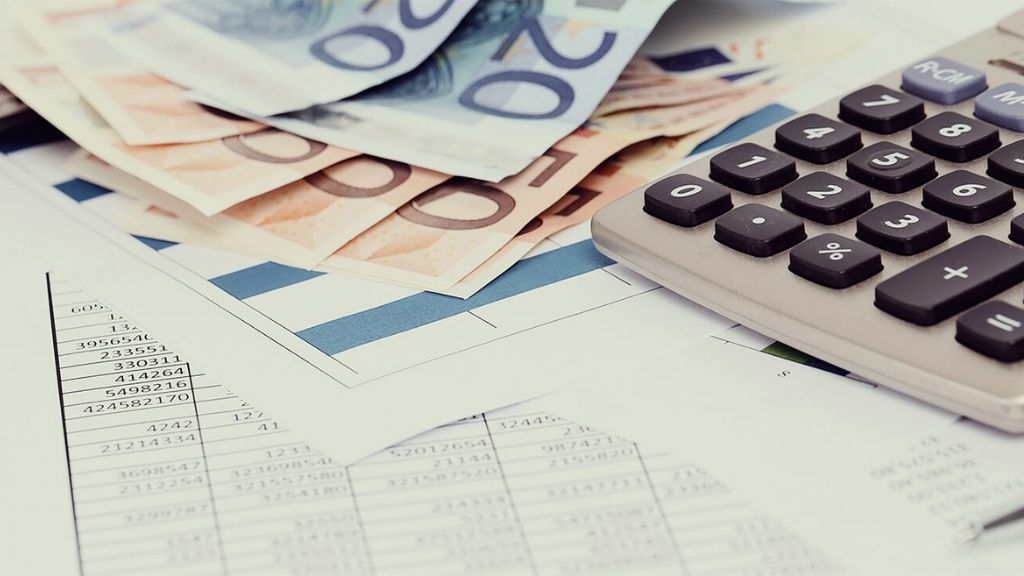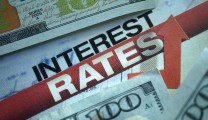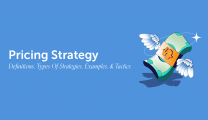What is pricing strategy?
Pricing strategy is a method used by businesses to maximize profits and increase revenue by determining the appropriate price for goods and services. This method includes many models and approaches to establish the optimal price for each product or service.
Why do we need a pricing strategy?
Whether you are just starting out in business or are already a pricing expert, the strategies and techniques presented in this article will help you optimize the pricing of your products or services.
Product pricing strategy needs to consider various business aspects such as revenue goals, marketing strategy, brand positioning and product attributes. These factors are all influenced by external factors such as consumer demand, competitor prices, economic trends and the overall market.
Determine the right pricing strategy in 9 steps
Pricing strategy for business:
- Step 1. Determine the value of your product/service: The value of your product is determined by the basic unit of the product or service you provide. For example, if you sell shoes, the value is calculated per pair of shoes. If it is a monthly subscription service, the value is determined by the services and features the customer can use in a month.
- Step 2. Assess pricing potential: Pricing potential is determined by the price you can charge for your product or service. To assess this potential, you need to consider factors such as operating costs, customer demand, and competing products in the market.
- Step 3. Look at customer feedback: You need to determine what price they are willing to pay and see if the price change affects sales.
- Step 4. Determine your price range: A price range is a range of prices that are reasonable for both the customer and the seller. To determine your price range, you need to answer the following questions: What is the minimum price you can charge to make a profit after accounting for production, marketing, and overhead costs? What is the maximum price you can charge without losing customers?
- Step 5. Research competitor pricing: List competing products and their prices, then decide whether you want to set a lower price to attract customers or emphasize the product's superior value to set a higher price.
- Step 6. Consider the industry: Different industries have different popular pricing strategies . For example, in the SaaS industry, a “freemium” strategy with different price points is common. In the restaurant industry, high-end brands often use a premium pricing strategy to create a quality image.
- Step 7. Consider your brand: Your brand and business model also influence your pricing strategy . A brand focused on affordable prices may choose an economy pricing strategy , while a brand with an innovative product may succeed with a “skim pricing” strategy.
- Step 8. Collect feedback from customers: You can survey current and potential customers with questions like: "What do you think is a fair price for this product?" or "How much are you willing to pay for this product?"
- Step 9. Price Testing: You can A/B test by introducing the product at two different prices to two groups of customers to see which price is more popular. This result, combined with customer feedback, will give you the information you need to launch a successful product and minimize the risk of market testing.

10 Most Popular Pricing Strategies
Most common pricing strategies :
- Skimming pricing strategy : Charging a high price for a new product, then reducing the price as competition enters the market. Example: Innovative electronic devices are initially priced high to attract early consumers and then reduced in price to expand the customer base .
- Competitive pricing strategy: Pricing based on competitors' prices rather than just on target profits, often with lower prices than competitors. For example, real estate companies may match or undercut competitors' prices to gain market share.
- Dynamic pricing strategy: Adjusting prices according to market and customer demand. For example, ride-sharing services often increase prices during peak hours to reflect increased demand.
- Value-based pricing strategy : Pricing based on how customers perceive the product to be worth. For example, a coffee brand known for its customer loyalty can charge a higher price than its competitors.
- Penetration Strategy: Setting a low price when entering a market and increasing it over time. For example, online audio streaming services often have a low starting price to attract users, then increase the price.
- Economic pricing strategy: Setting low prices due to low production and advertising costs, in order to generate large sales volume. For example: Low-cost airlines offer tickets at low prices to attract passengers.
- Premium Pricing Strategy: Setting a high price intentionally to create a perception of quality and brand. For example, designer eyewear is priced much higher than other brands to show class.
- Cost-plus pricing strategy: Adding a percentage to the cost of production to determine the selling price, reflecting consumer demand and competitor prices. For example, fashion brands often sell products for double or triple the cost of production.
- Freemium Pricing Strategy : Offering a free version of a product along with paid versions with more features. For example, software and online storage services often have a basic free version and a premium version with more features.
- Project-Based Pricing Strategy : Pricing for specific projects rather than one flat rate for all clients. For example, event planning companies often quote based on the specifics of each event.













Replies to This Discussion